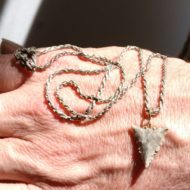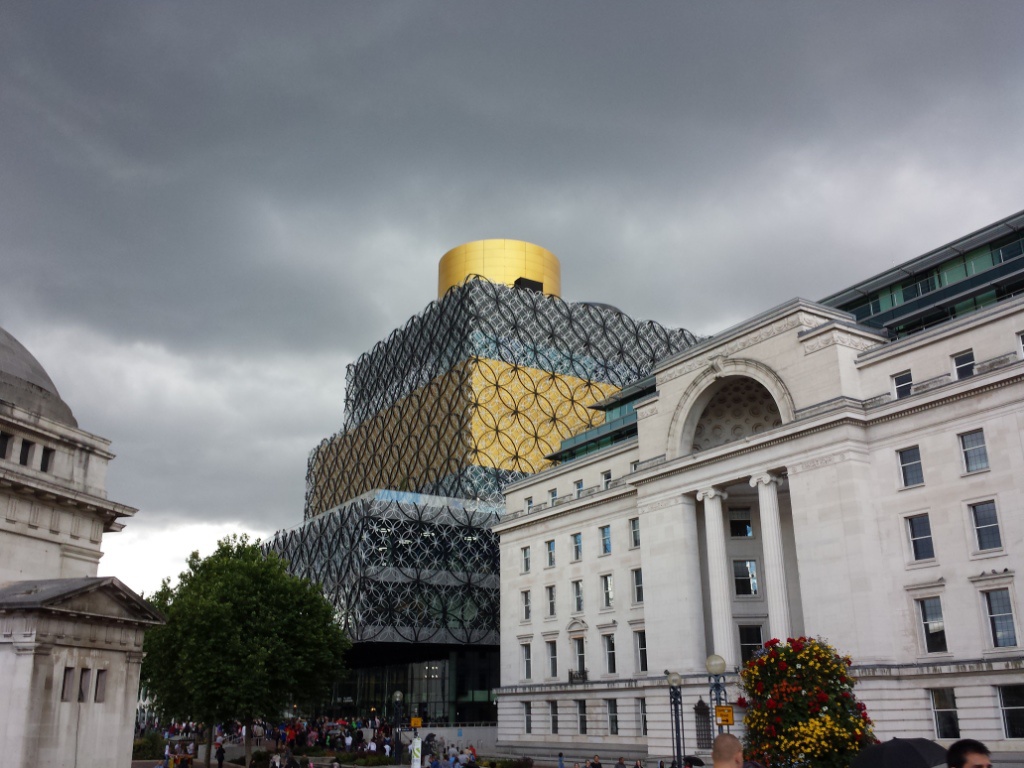Today I walked in to Sheffield Cathedral where extensive work has been done to remodel the entry and the interior of the nave. I was walking around and I could hear somebody reading from the Bible and was surprised to see that although there was no visible congregation other than one two people sitting reflectively on the pews of a large Cathedral. The voice continued to be heard all around the cathedral relayed by speakers. I wondered briefly if it was a recording. Then passing in front of the choir I noticed a man in full regalia at a lectern speaking into a microphone.
I simply wondered to myself what would be the reaction of that man if I were to wander underneath and look at the woodwork inside the choir? There would be some discomfort in this I imagined. I assumed it might be considered rude. Also I realised that there were more people looking at the building than were listening to the reading but that the man in robes was carrying out a duty of the clergy which was not affected by the number of people present.
This led me to consider the relationship between the restructured building and the clergy. I’m not sure if this is a new feature of the cathedral but at the end of the nave on the inside of the upper stone wall two earlier roof lines are visible. These have been left as witnesses to the history, the heritage of the cathedral. To what extent are the clergy able to act as heritage markers and still maintain their own sense of Christian mission? Of service? Why can I not walk below the lectern only paying heed to the reading from the Bible as if it were a soundtrack to the building rather than something to which I owe some form of immediate respect?
Church work would become a job in the heritage sector. People without religious conviction could take on the ritual roles of the clergy. Interestingly enough it would be possible to argue that when the church was powerful and the population effectively tied into its liturgical cycle, the amount of corruption and irreligious behaviour amongst the church leaders, might be a rather unfortunate example of what the church could do when the struggle to embody right action in ritual practice is ignored.

